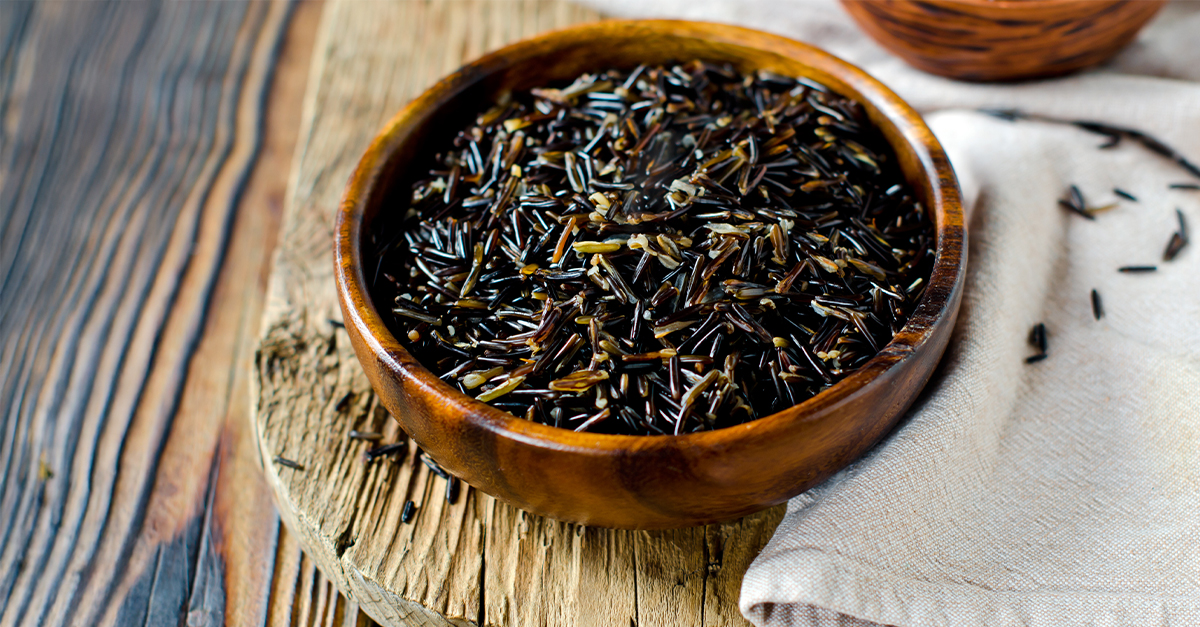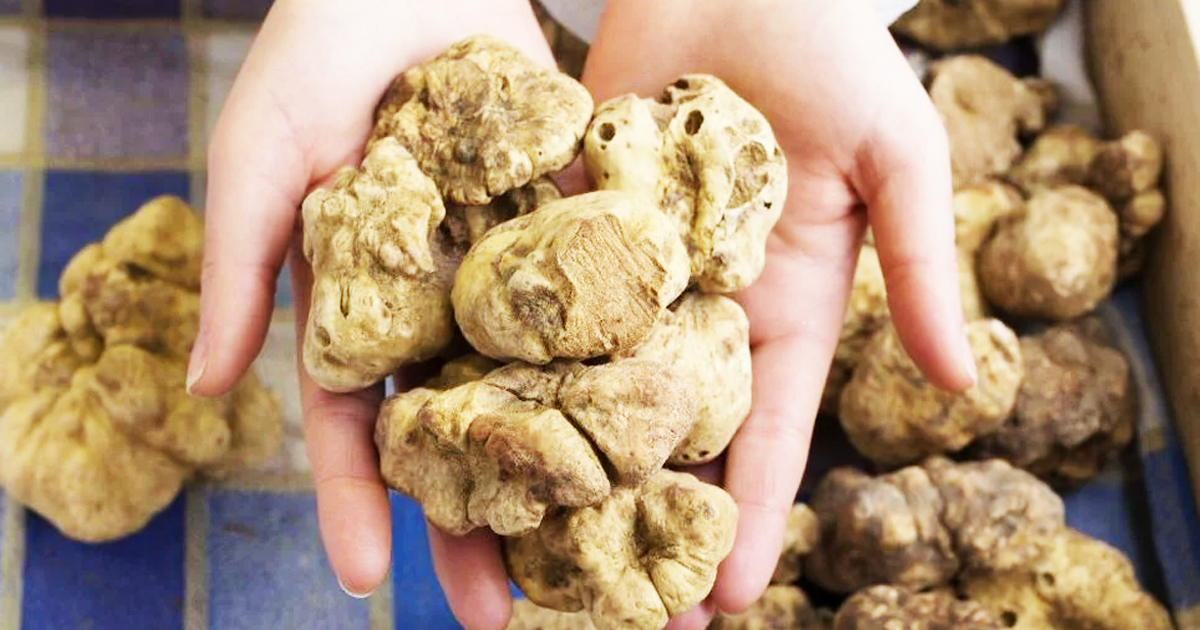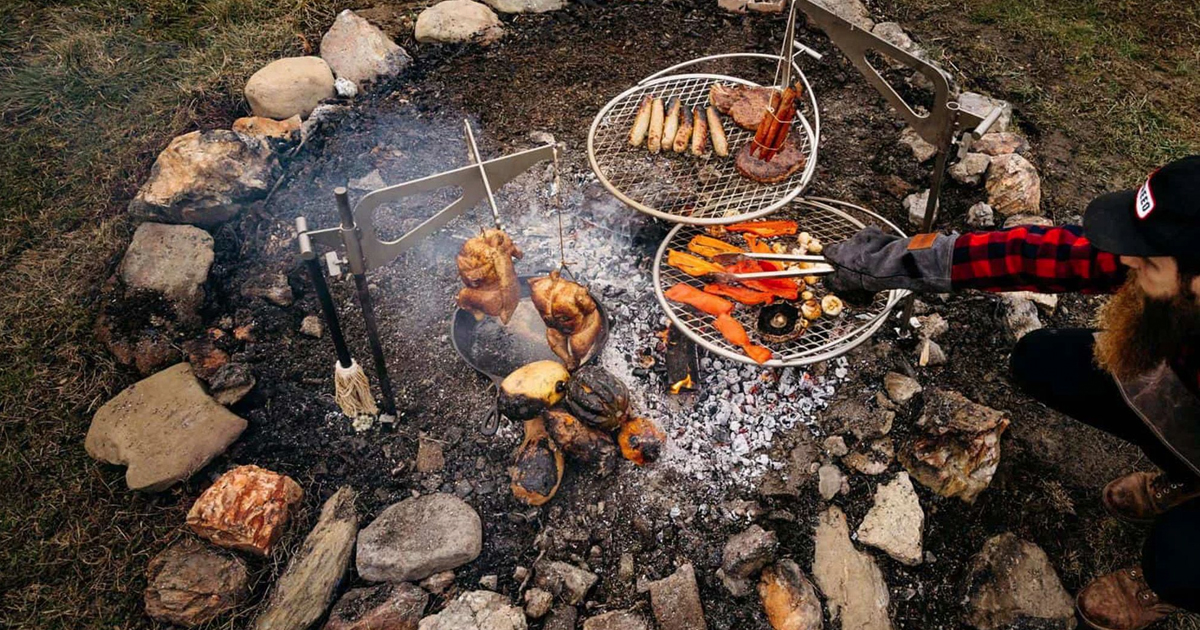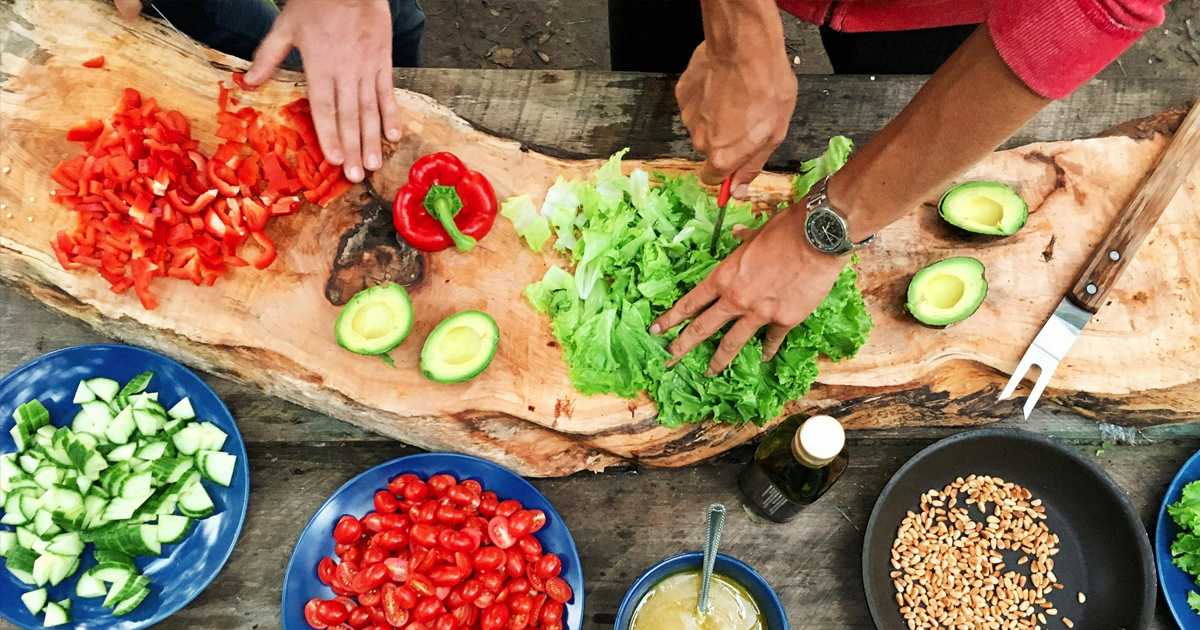Wild rice isn't just another rice variety, but is the seed of aquatic grasses native to North America. Its flavor, texture, and solid nutritional profile make it a great addition to your cooking. Its popular, but there are some myths and misunderstandings about wild rice. Here’s what you need to know about it, and why you should keep it around.
Technically It Isn’t Rice
No, wild rice isn’t true rice. It looks similar and is used much the same way, but it comes from a different genus, Zizania and grows wild in shallow freshwater areas like lakes and slow-flowing streams. Indigenous peoples like the Ojibwe of the Great Lakes region have harvested it for eons. Its cultural and dietary importance has deep roots in North American history.
Wild Rice Is Better For You
Compared to white and even brown rice, wild rice carries higher levels of protein, fiber, and antioxidants. It’s a complete protein source, a rare thing among plant-based foods. One cooked cup offers about 6.5 grams of protein and 3 grams of fiber. It’s also lower in calories and carbohydrates than white rice, but higher in magnesium, phosphorus, zinc, and B vitamins. This is great for the body’s metabolism and cellular repair.
Perfect For Stuffed Vegetables
Wild rice really shines in roasted stuffed vegetables. Whether bell peppers, squash, or tomatoes, wild rice has a texture and a nutty complexity that makes the filling delicious. Mix it with mushrooms, herbs, and even a little goat cheese, and you’ll have a wholesome and filling vegetarian main brimming over with flavor and nutrients.
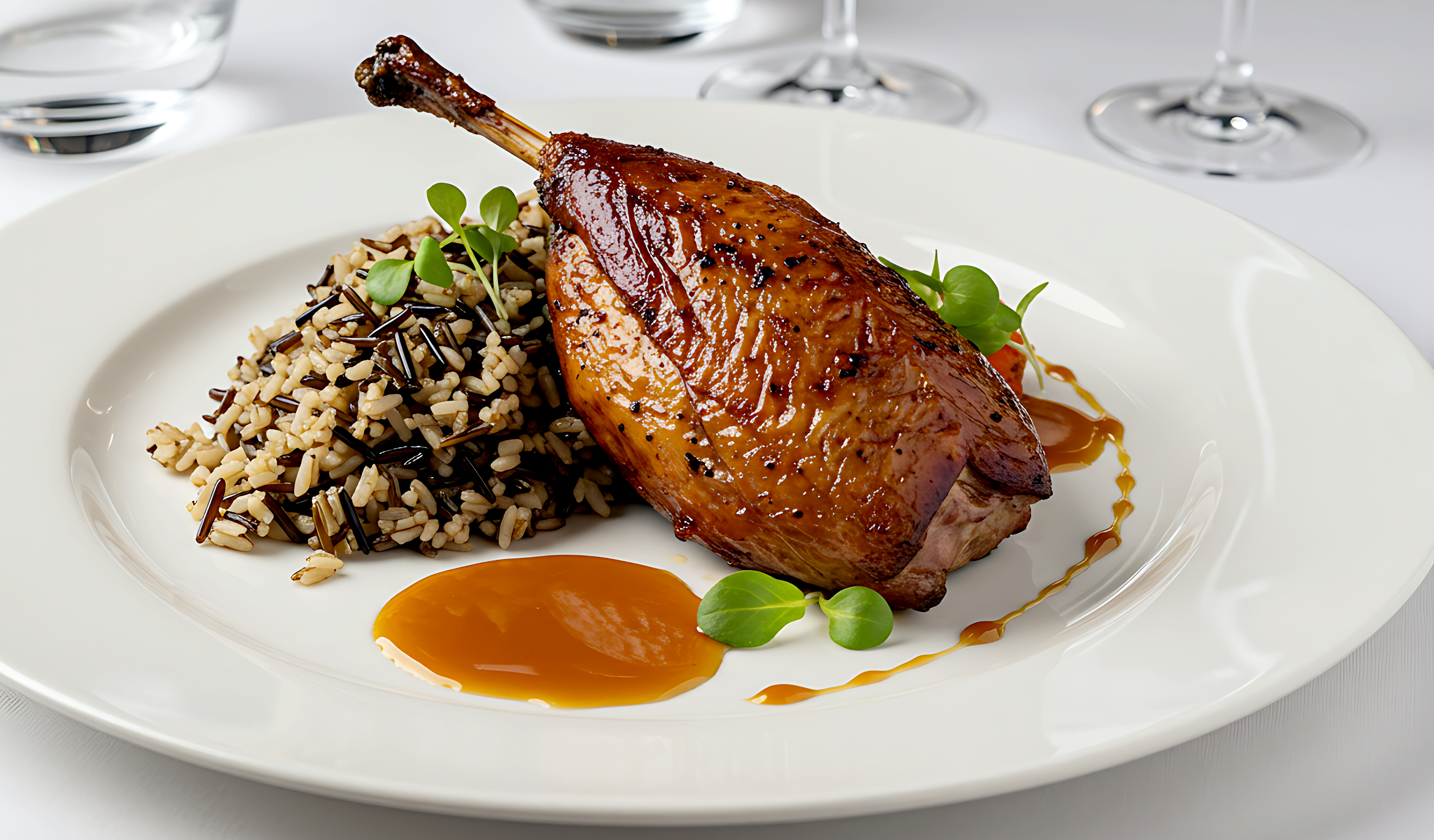 Visions of Diversity, AdobeStock
Visions of Diversity, AdobeStock
A Worthy Partner For Game And Poultry
Wild rice goes great with game meats and poultry. Its flavor complements duck, venison, and turkey better than white rice can. Wild rice pilaf with cranberries and pecans is a Thanksgiving gem for this very reason; it brings out the best in savory roasted meats while maintaining its own texture and aromatic flavor.
A Delectable Addition To Soups And Salads
Wild rice is a great choice for hearty soups and grain salads. It keeps its shape well in broth, which makes it good for chicken and vegetable soups or even a creamy mushroom wild rice chowder. As for salads, it pairs nicely with dried fruit, toasted nuts, and zesty vinaigrettes. It’s a gluten-free whole grain, making it a potential go-to for people with dietary restrictions.
 O%27Brian Bill, U.S. Fish and Wildlife Service, Wikimedia Commons
O%27Brian Bill, U.S. Fish and Wildlife Service, Wikimedia Commons
Cooking Wild Rice: Fact Vs Fiction
One big myth is that wild rice is tedious or time-consuming to cook. It does take longer than white rice, typically 45 to 60 minutes, but the results are well worth the wait. Don’t forget that you can also soak it overnight to reduce the cooking time. It doesn’t get mushy, so you can make it in advance and reheat it, which makes it ideal for batch cooking or meal prep.
You Get What You Pay For
Wild rice tends to be more pricey than other rice varieties, especially if it was hand-harvested; traditional harvesting is labor-intensive and environmentally sensitive. But many cooks find that its great flavor and health benefits justify the price. A little bit of wild rice goes a long way, especially if it’s mixed in with other grains.
You May Also Like:
The Declining Nutritional Quality Of Fruits And Vegetables: Tips For Getting The Nutrients You Need
Ultraprocessed Foods You Need To Avoid

